Ladyburn
Ladyburn distillery had a very brief operational career. William Grant and Sons Limited established Ladyburn in 1966. The operation did not have it's own 'distillery' as such, but was instead two pairs of stills within the larger Girvan distillery, located in the Lowlands of Scotland, a short drive from Glasgow.
| Information about the Distillery | |
|---|---|
| Scotland, Lowlands | |
| -4.833559 55.261119 | |
| Demolished |
| Average tasting notes Tasting notes |
Calculated from 11
i
|
|
|---|---|---|
The Whisky
Sourcing official bottlings from Ladyburn is extremely difficult, even when you compare it to other obscure Whiskys. One of the biggest contributing factors to the scarcity of bottlings, aside from the fact that the distillery has now been demolished, is that the Ladyburn never existed as its own fully independent distillery. The site was an extension of the Girvan distillery, and was less of an independent distillery than a pair of stills located within the Girvan complex. Ladyburn was often called 'Ayrshire' by the independent bottlers, making it even more challenging to track down. On top of all of these factors, Ladyburn operated for only ten years - surely making it one of the most elusive Single Malts to add to a collection. During its operational lifetime, Ladyburn didn't release any official bottlings, although in the 2000s, a few were finally released. The main purpose of the Ladyburn distillery was to produce Single Malt spirit to be used for blending in the Grants' Blends, but the distillery did allow a small but significant number of independent bottlings performed from the Ladyburn distillery, mainly by Signatory Vintage, in addition to the official bottlings.
The Production
Unfortunately, the production capacity of Ladyburn is unknown. However, as the site used only four pot stills, it is possible to estimate that the capacity must not have been more than 2 million liters a year. The distillery used six stainless steel washbacks. The water used in production was drawn from Penwapple burn.
The Pot Stills
Although we don't know the production capacity or the pot still capacity that Ladybank operated with, we do know that the distillery operated with 2 wash and 2 spirit pot stills. Although we cannot know for sure, experts agree that it seems fairly likely that the stills at Ladyburn had a traditional 'Speyside' shape, with wide spherical lids and a tall conical necks.
The Maltings
Ladyburn sourced it's malts from Glenfiddich, it's sister distillery. Glenfiddich still used it's own malting floors at this time, and the malts were transported down from Speyside to the Lowlands, where Ladyburn was located.
The Warehouse
Ladyburn was aged on-site in the warehouses at Girvan distillery. The distillery's warehouse complex was composed of both dunnage and racked warehouses. The spirit was aged in a combination of European and American Oak casks.
The History
Ladyburn distillery had a very brief operational career. William Grant and Sons Limited established Ladyburn in 1966. The operation did not have it's own 'distillery' as such, but was instead two pairs of stills within the larger Girvan distillery, located in the Lowlands of Scotland, a short drive from Glasgow. Girvan distillery itself was built in 1963, and then in 1966, William Grant & Sons decided to make a small expansion in the shape of Ladyburn. Girvan was a grain Whisky distillery, producing spirit that was intended to be used in Grants' Blends. Ladybank was intended to provide a small amount of Single Malt, also to be used as part of Blends. In 1976, Grant & Sons decided to shut the Ladyburn production down. The equipment used in production was dismantled. Today the only remainders of Ladyburn's legacy are the few elusive bottlings and the Girvan complex, which is still operational.
In 2007 Wm. Grant & Sons decided to built a new Malt Whisky distillery inside the Girvan grain complex. It is called Ailsa Bay and has not yet released an Single Malt Whisky.
Visitor's Centre
Sadly, the modern-day Girvan distillery is closed to the public, so it is not possible to tour the complex in which Ladyburn was produced.

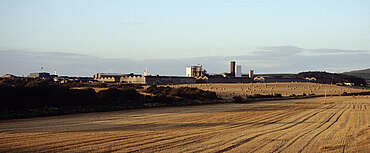
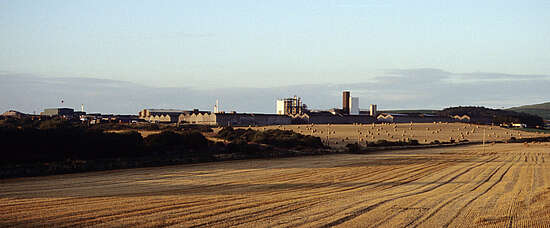
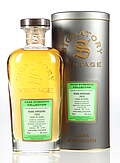
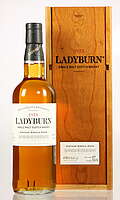
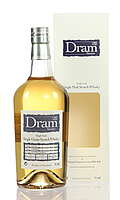

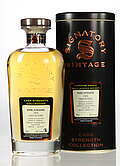
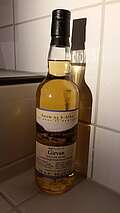

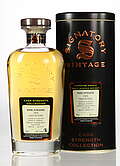
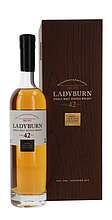



User Notes about the Distillery
Share your experience with other whisky lovers. Write a note about your trip to the Ladyburn distillery.